LG Electronics USA D800 Portable Handset with Multi-Band GSM/EDGE/LTE/WCDMA Phone with WLAN, Bluetooth and RFID User Manual
LG Electronics MobileComm USA, Inc. Portable Handset with Multi-Band GSM/EDGE/LTE/WCDMA Phone with WLAN, Bluetooth and RFID Users Manual
Users Manual

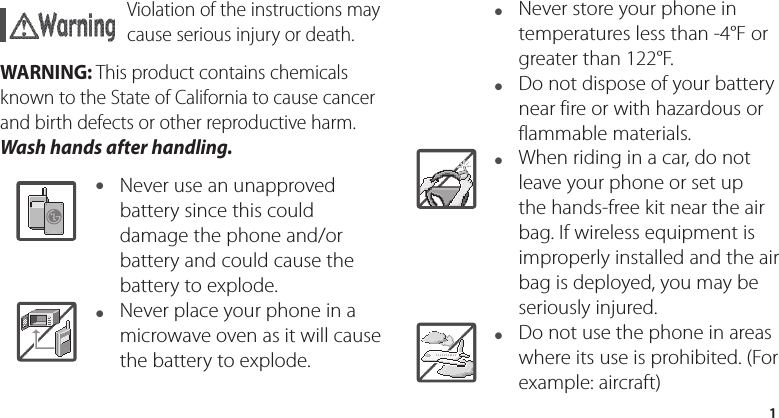
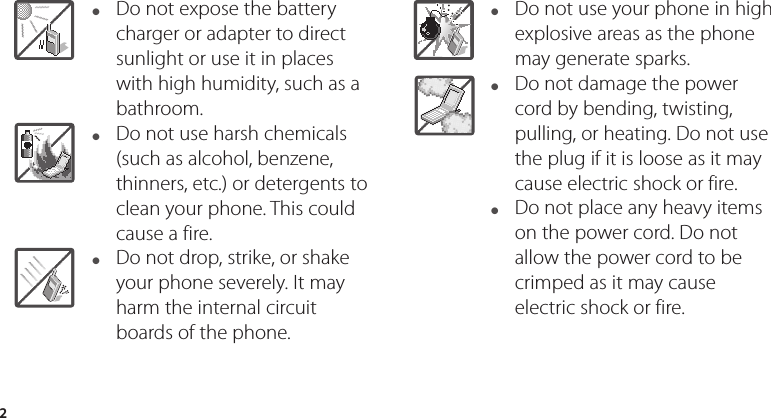
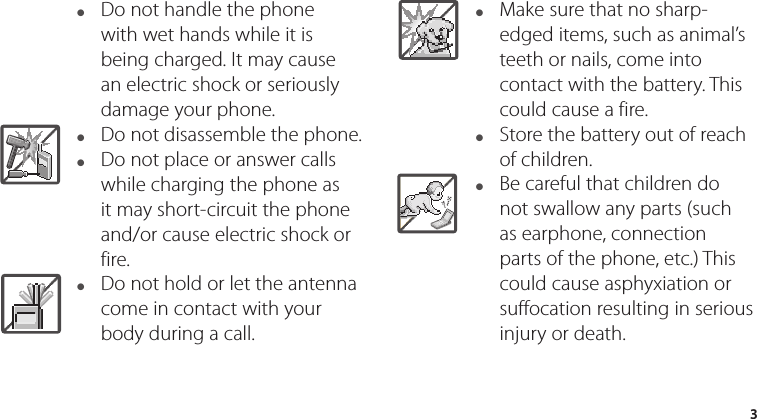
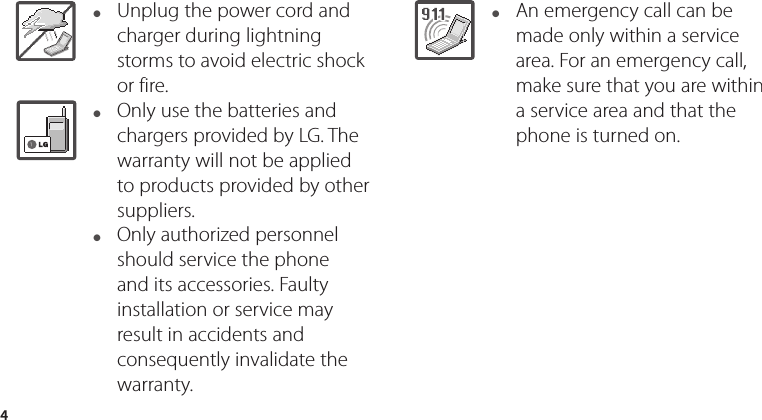
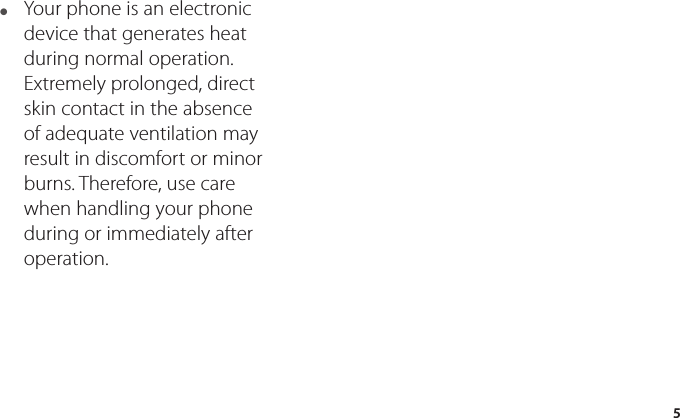
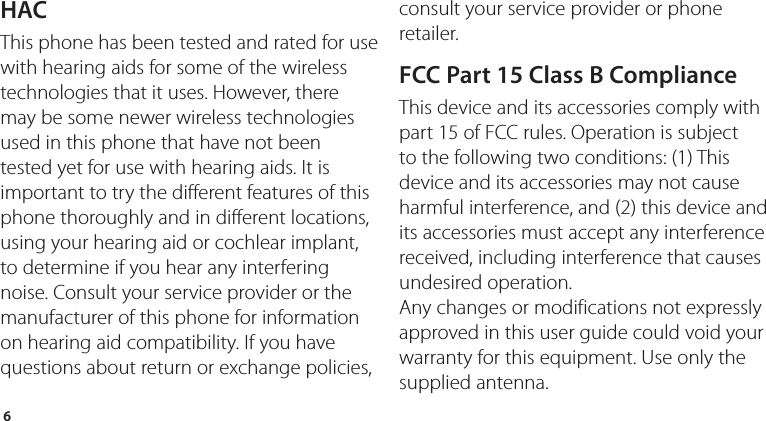
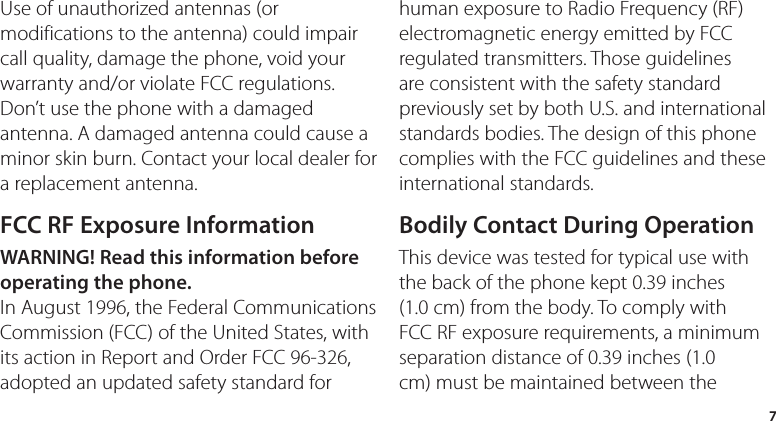
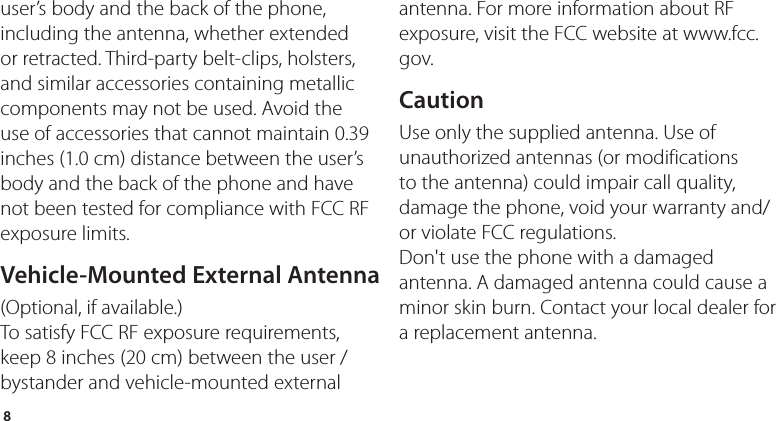
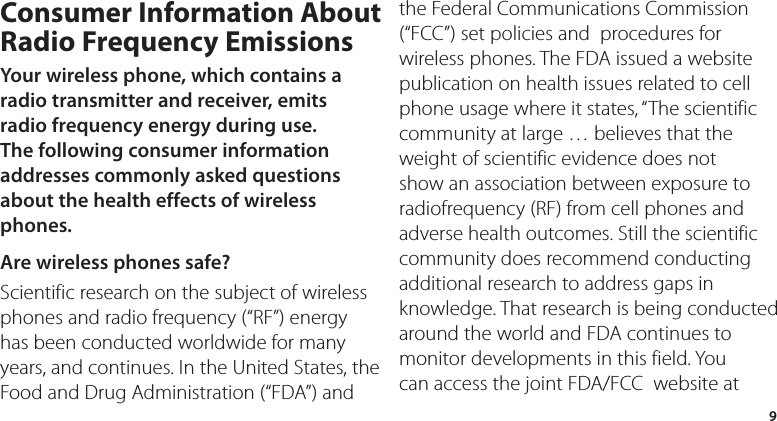
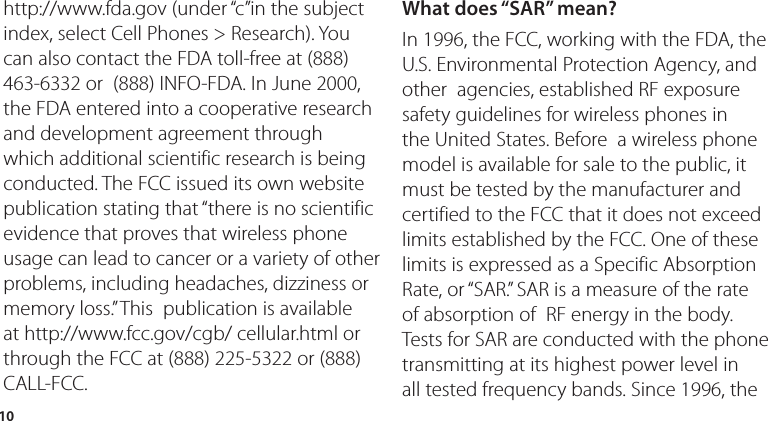
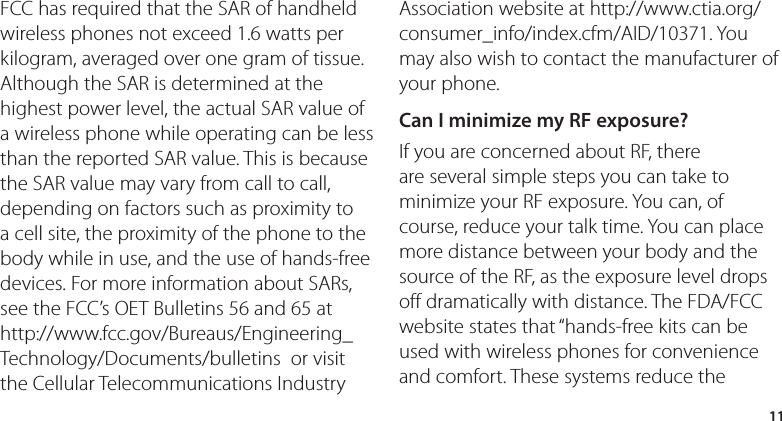
![12absorption of RF energy in the head because the phone, which is the source of the RF emissions, will not be placed against the head. On the other hand, if the phone is mounted against the waist or other part of the body during use, then that part of the body will absorb more RF energy. Wireless phones marketed in the U.S. are required to meet safety requirements regardless of whether they are used against the head or against the body. Either configuration should result in compliance with the safety limit.” Also, if you use your wireless phone while in a car, you can use a phone with an antenna on the outside of the vehicle. You should also read and follow your wireless phone manufacturer’s instructions for the safe operation of your phone. Do wireless phones pose any special risks to children?The FDA/FCC website states that “the scientific evidence does not show a danger to users of wireless communication devices, including children.” The FDA/FCC website further states that “some groups sponsored by other national governments have advised that children be discouraged from using wireless phones at all”. For example, the Stewart Report from the United Kingdom [“UK”] made such a recommendation in December 2000. In this report a group of](https://usermanual.wiki/LG-Electronics-USA/D800/User-Guide-2026863-Page-14.png)
![13independent experts noted that no evidence exists that using a cell phone causes brain tumors or other ill effects. [The UK’s] recommendation to limit cell phone use by children was strictly precautionary; it was not based on scientific evidence that any health hazard exists. A copy of the UK’s leaflet is available at http://www.dh.gov.uk (search “mobile”), or you can write to: NRPB, Chilton, Didcot, Oxon OX11 ORQ, United Kingdom. Copies of the UK’s annual reports on mobile phones and RF are available online at www.iegmp.org.uk and http://www.hpa.org.uk/radiation/ (search “mobile”). Parents who wish to reduce their children’s RF exposure may choose to restrict their children’s wireless phone use. Where can I get further information about RF emissions?For further information, see the following additional resources (websites current as of April 2005): U.S. Food and Drug AdministrationFDA Consumer magazine November-December 2000 Telephone: (888) INFO-FDA http://www.fda.gov (Under “c” in the subject index, select Cell Phones > Research.)U.S. Federal Communications Commission445 12th Street, S.W.](https://usermanual.wiki/LG-Electronics-USA/D800/User-Guide-2026863-Page-15.png)
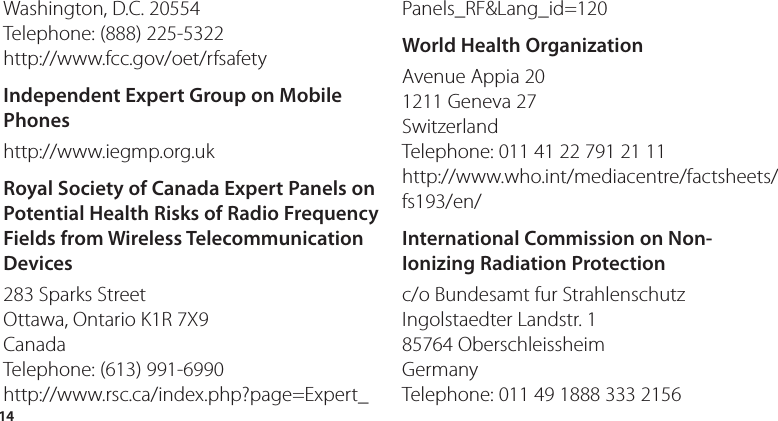
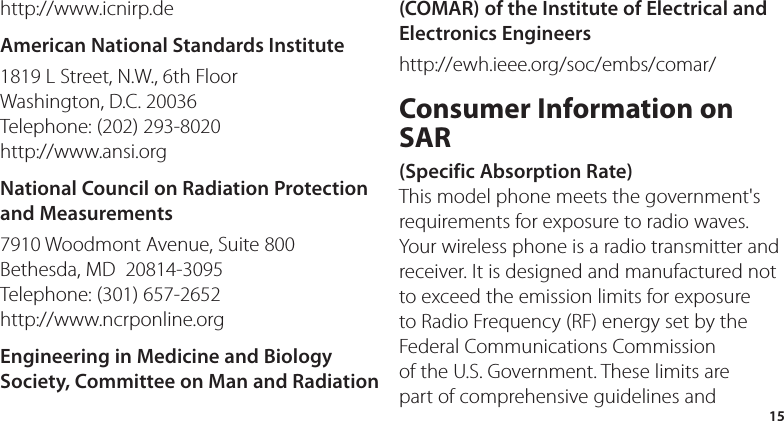
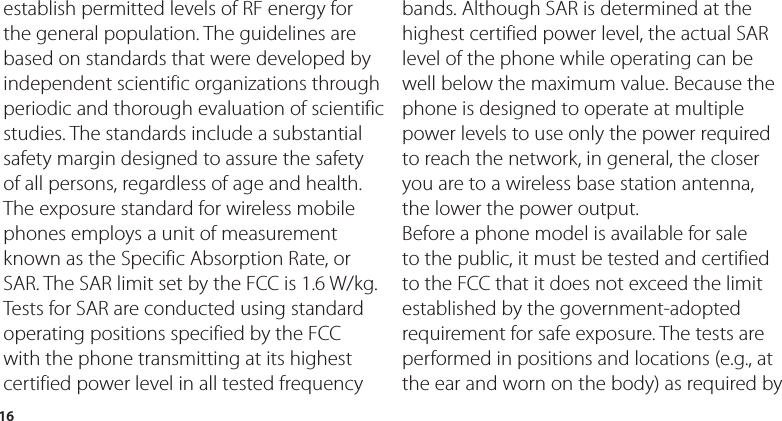
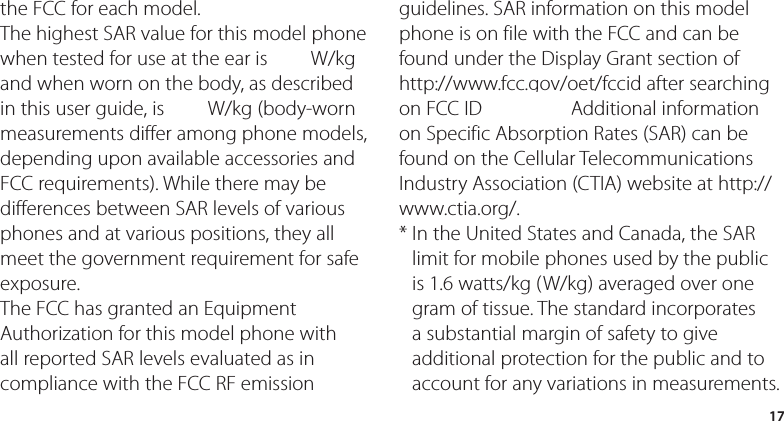
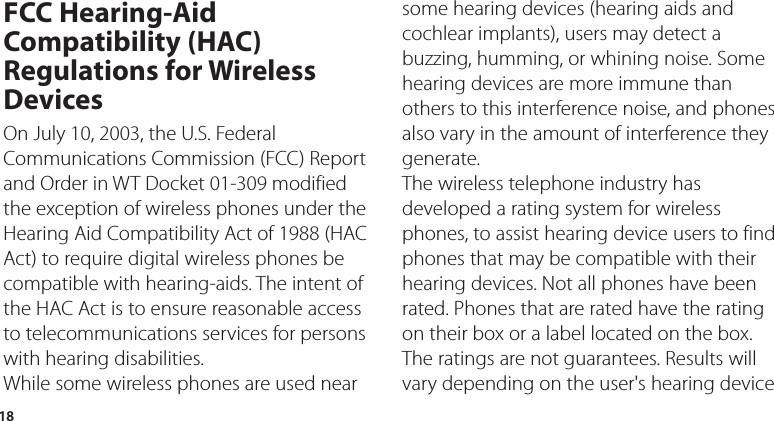
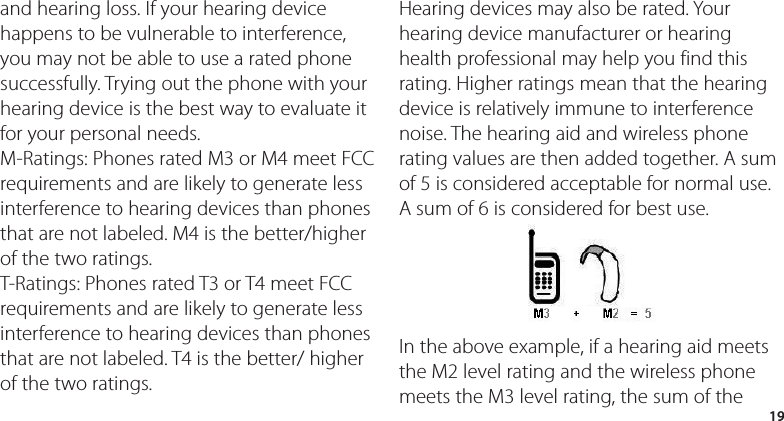
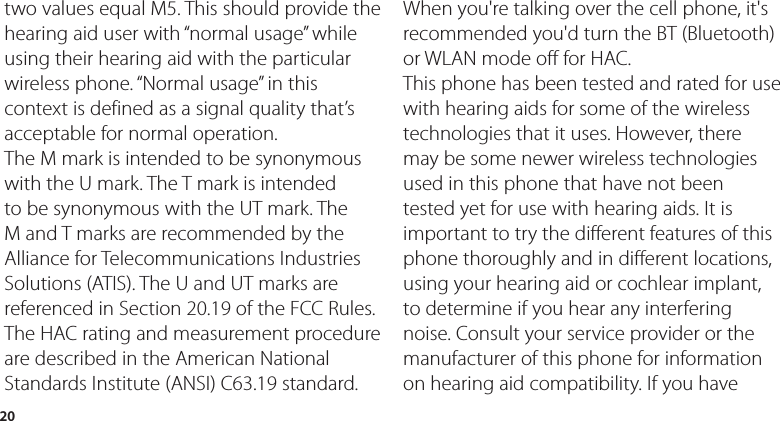
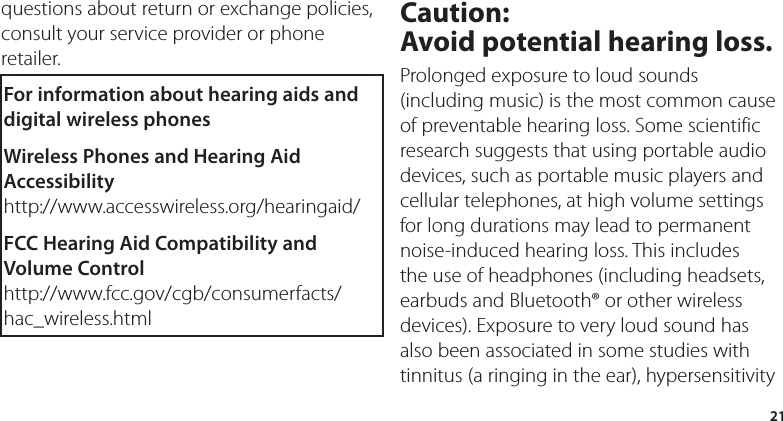
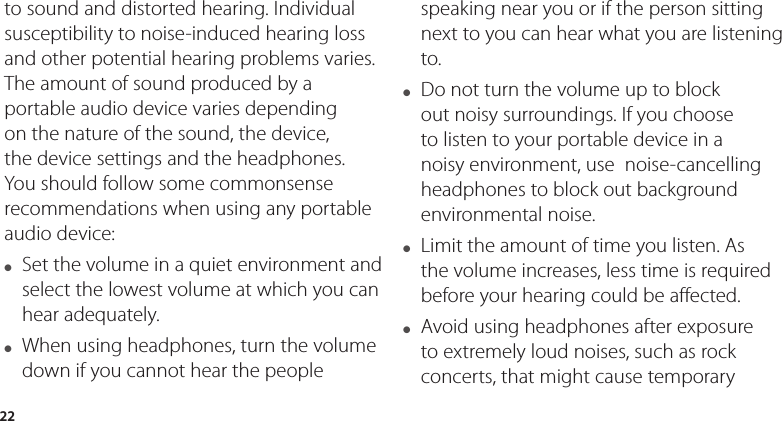
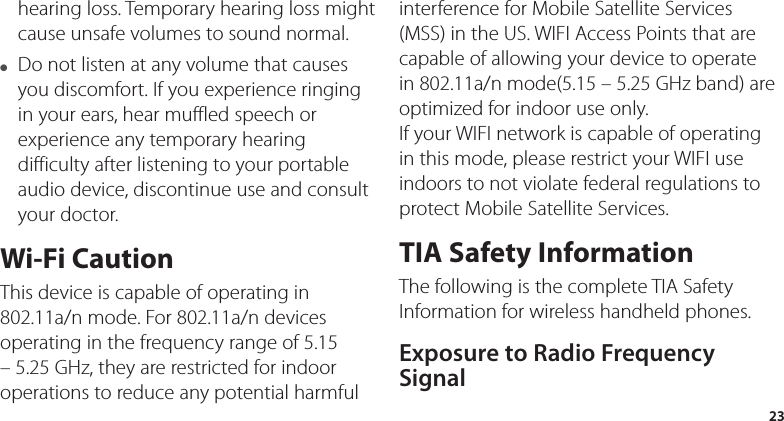
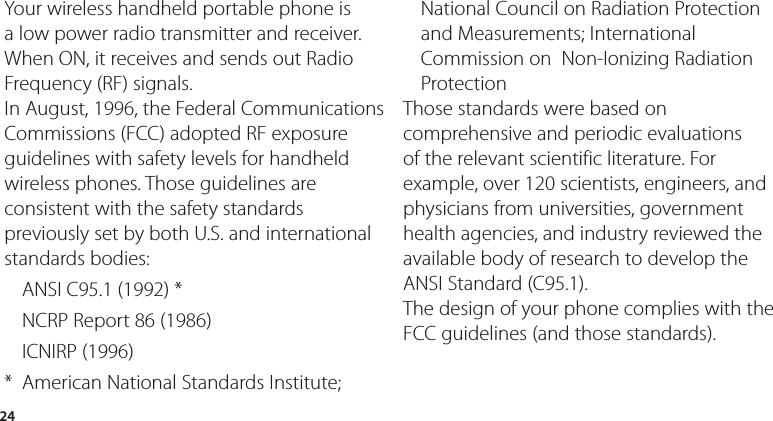
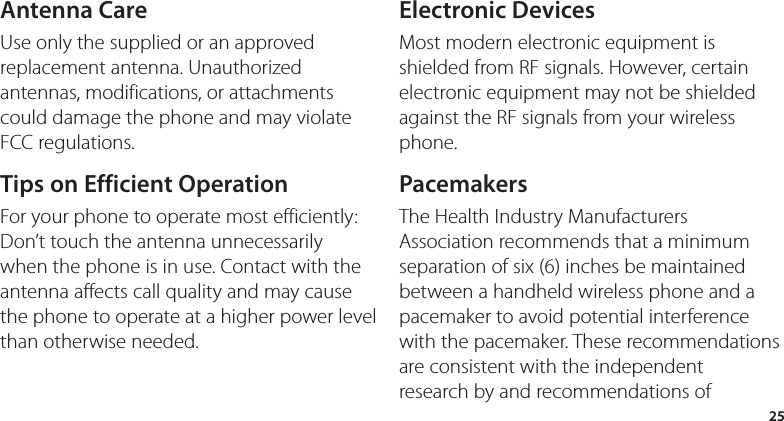
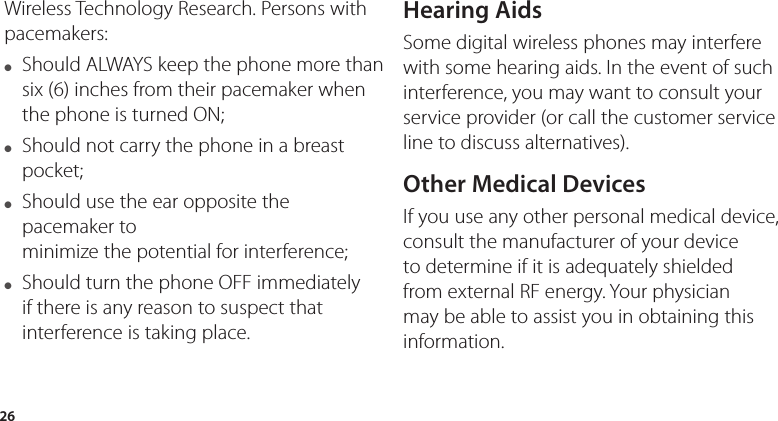
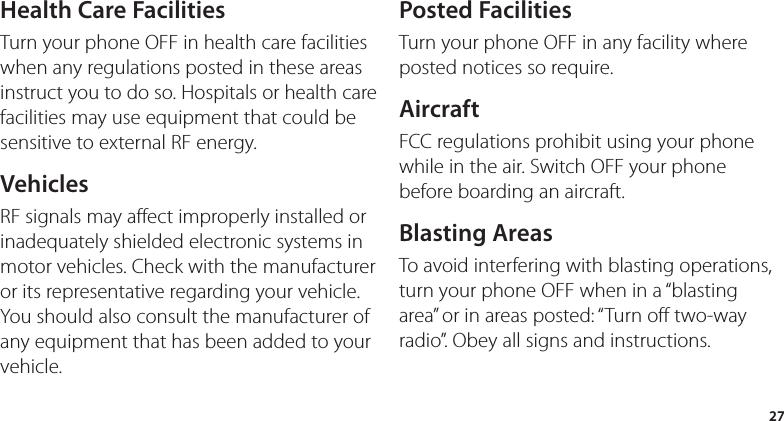
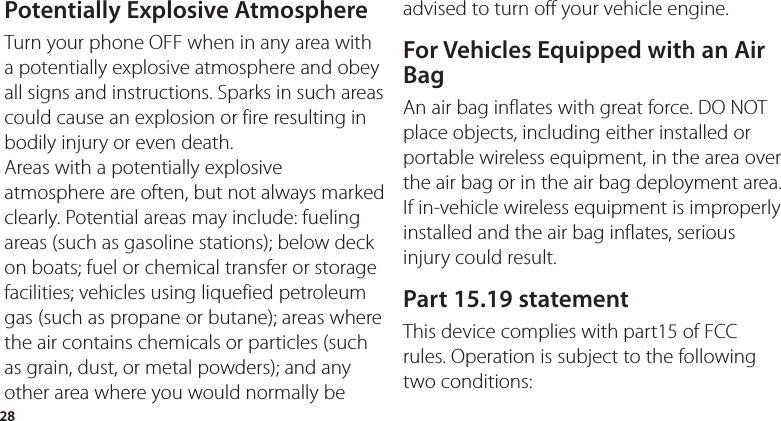
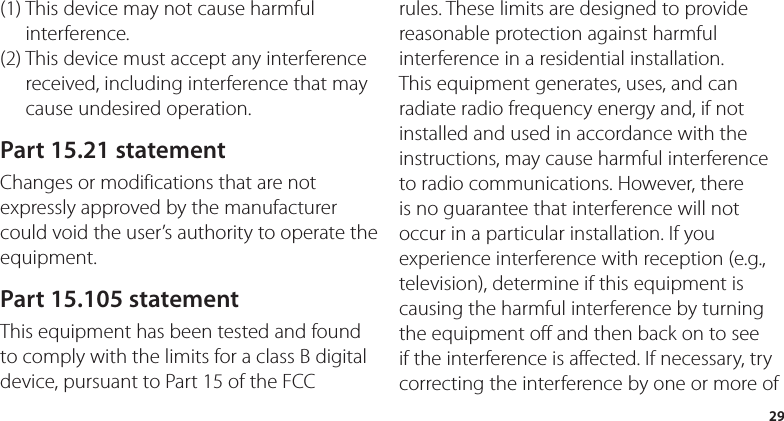
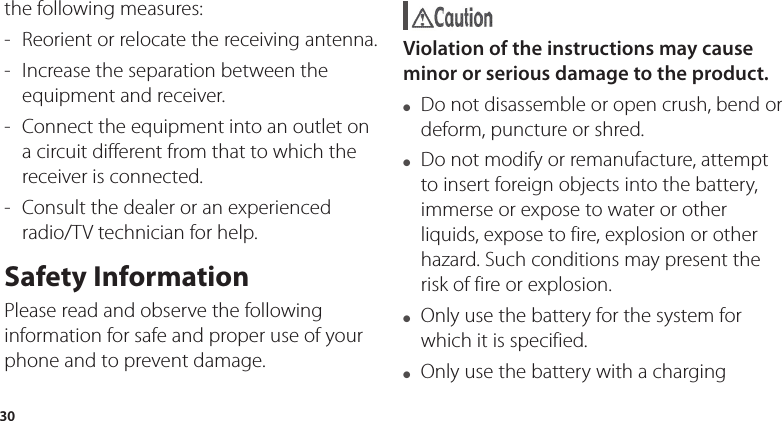
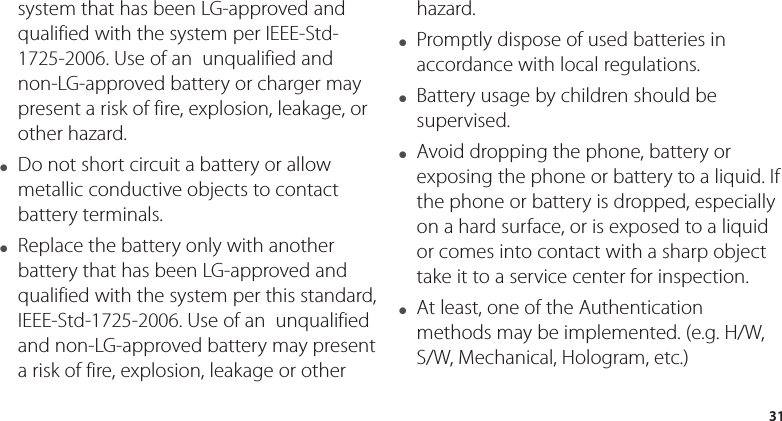
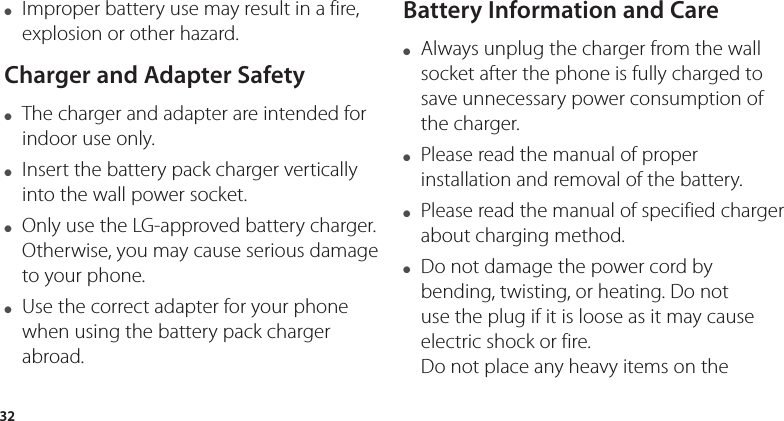
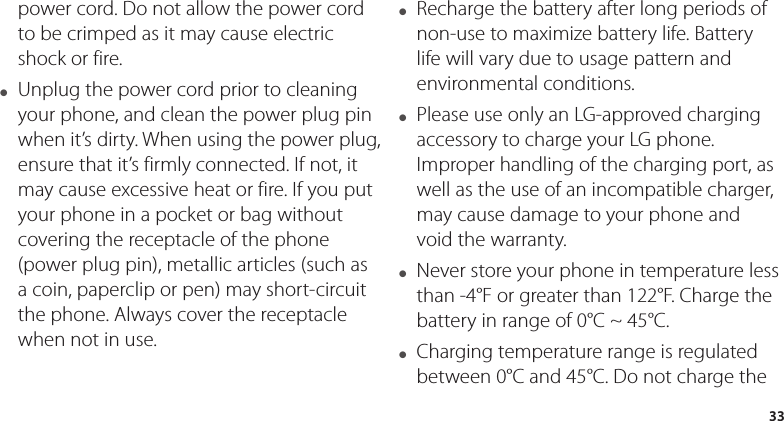
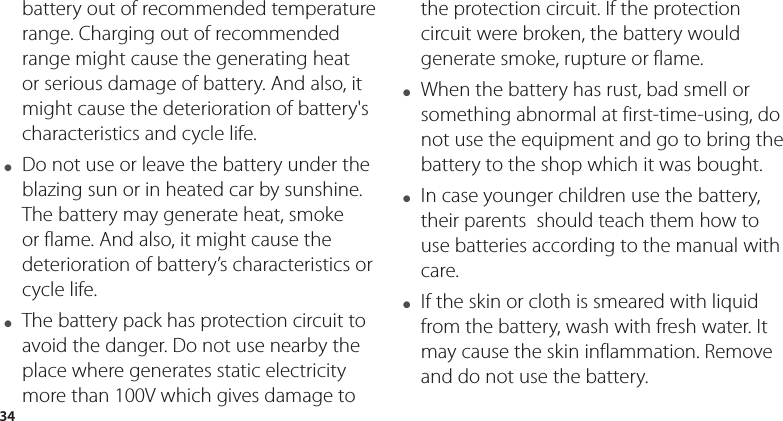
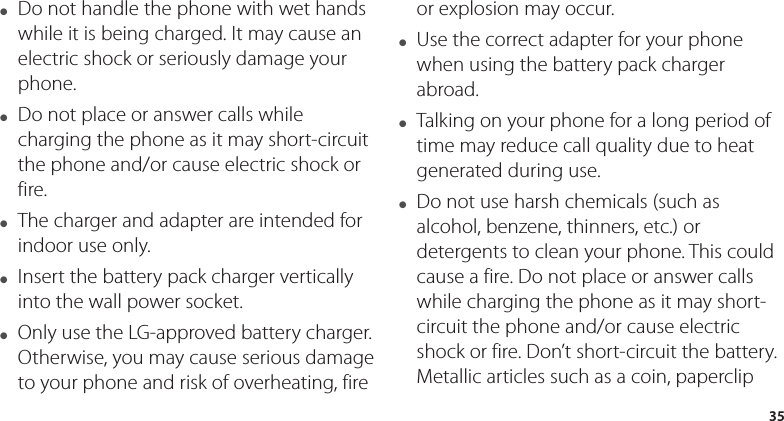
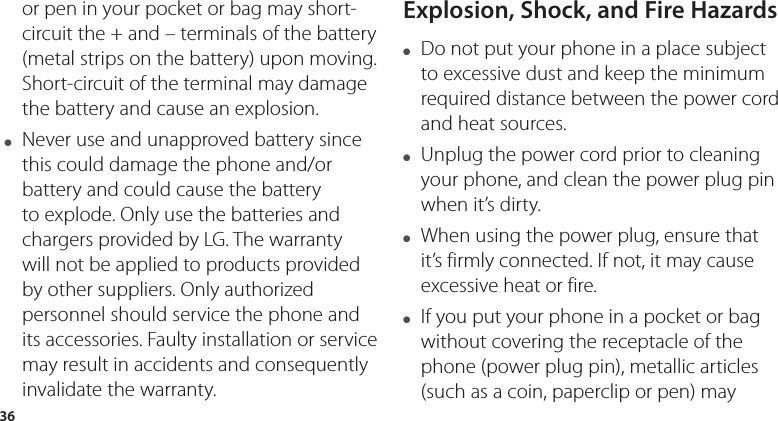
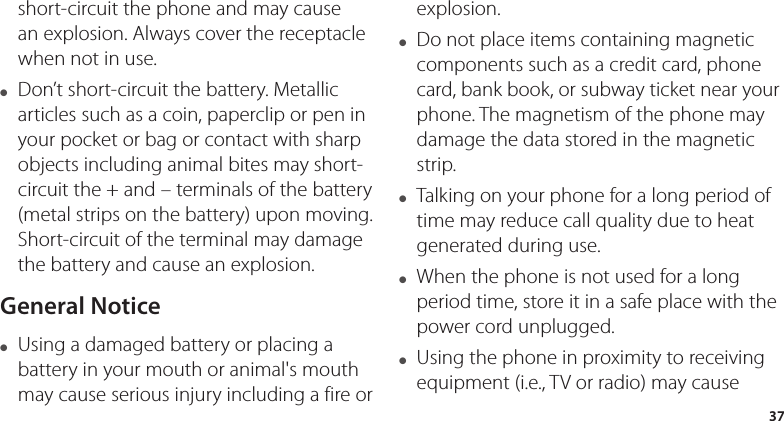
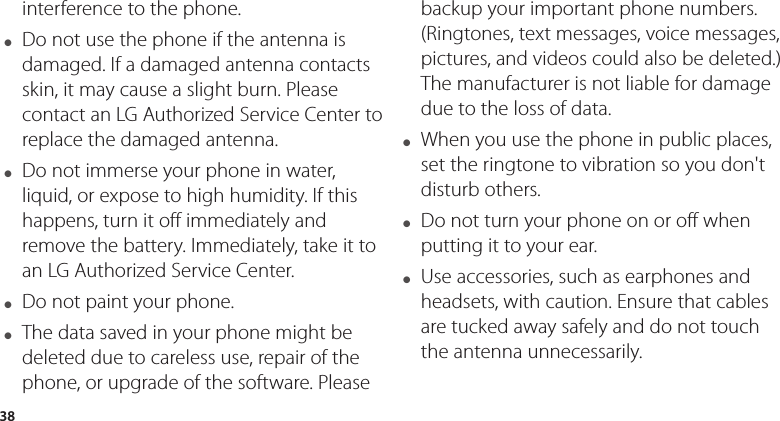
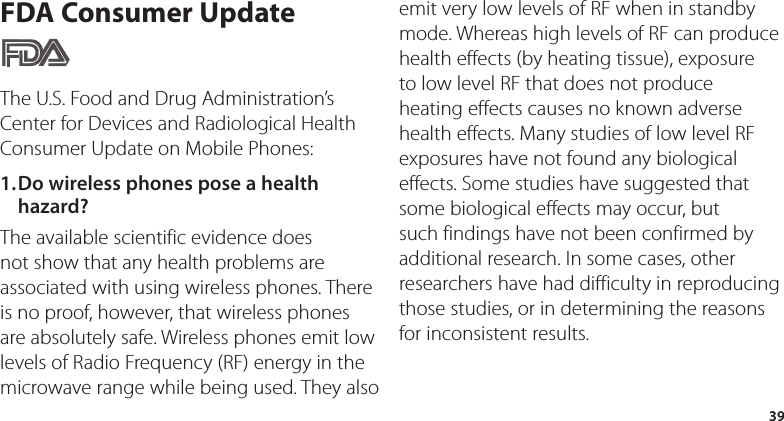
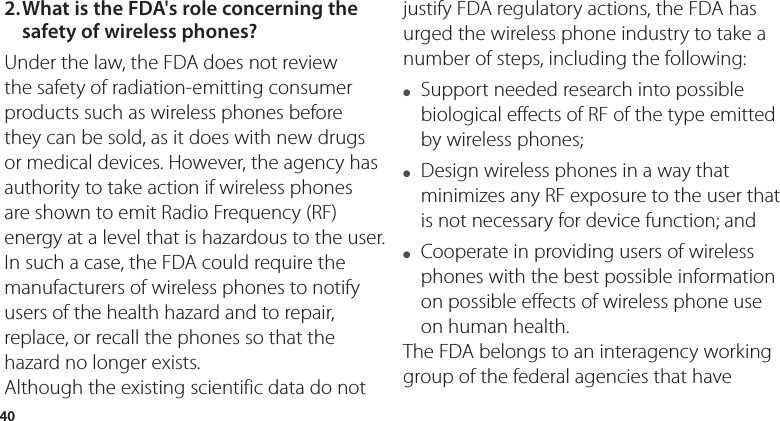
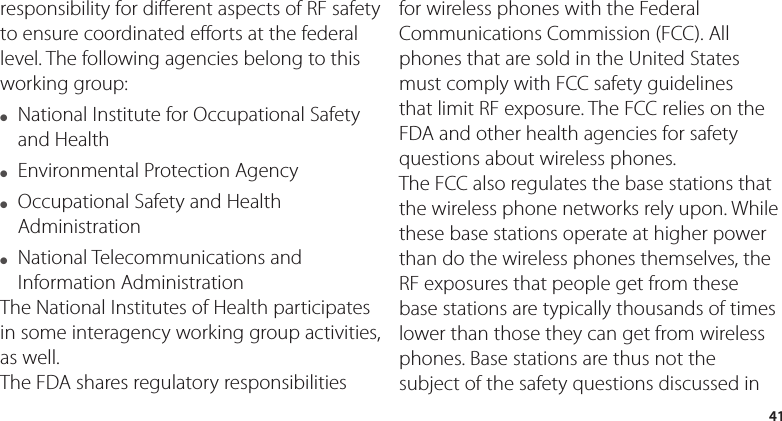
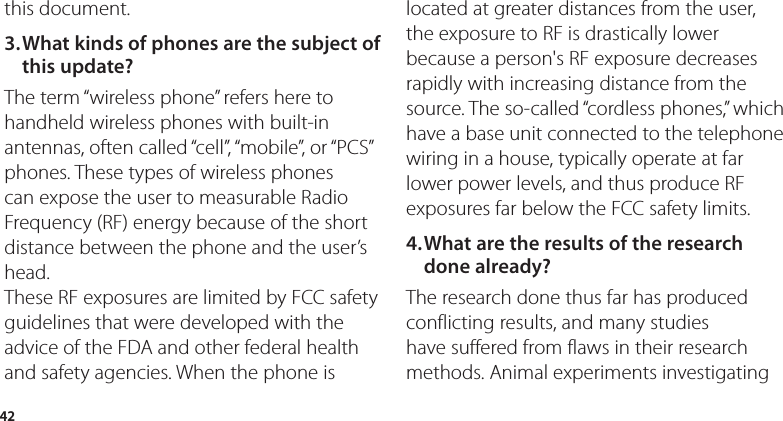
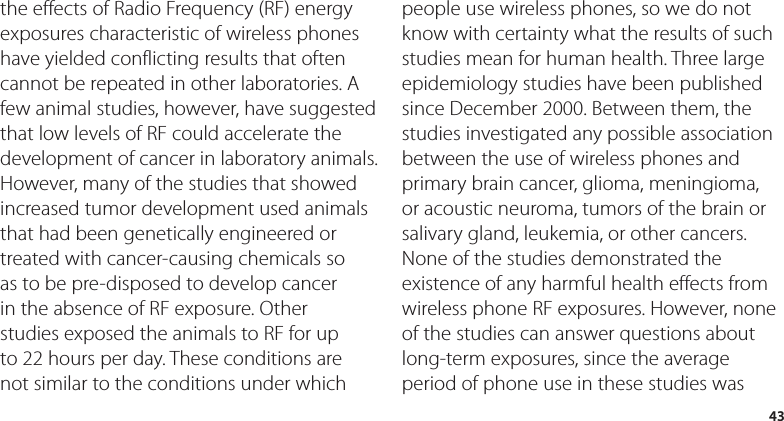
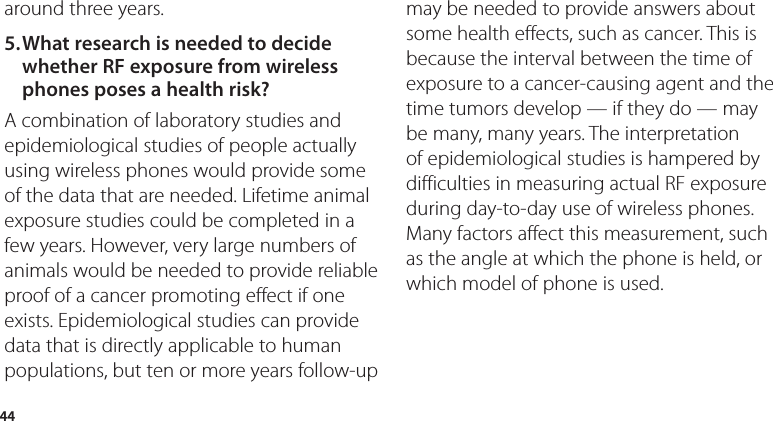
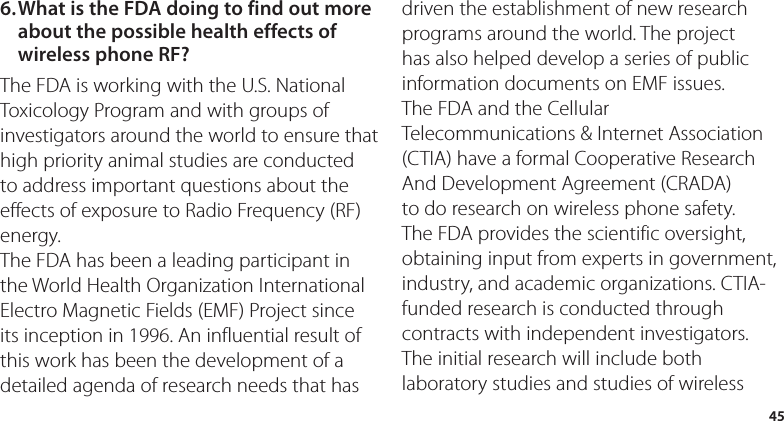
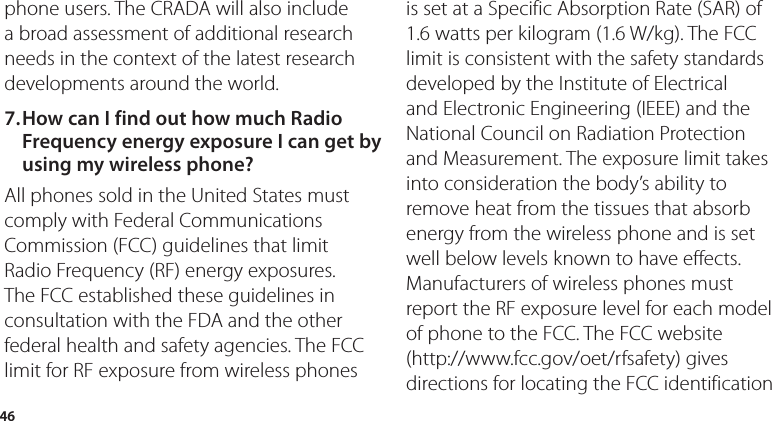
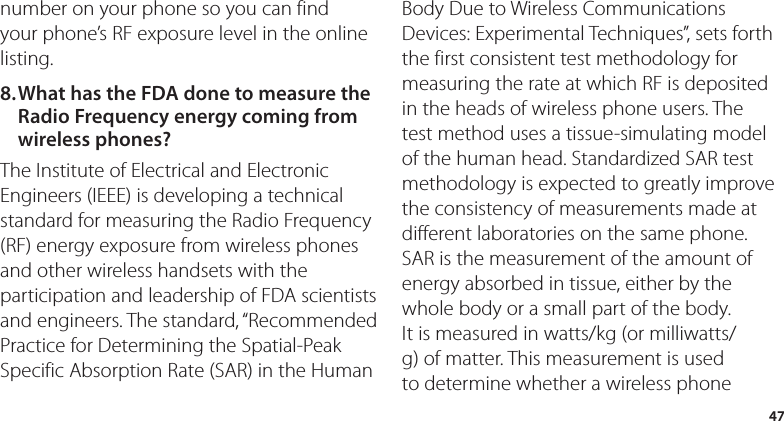
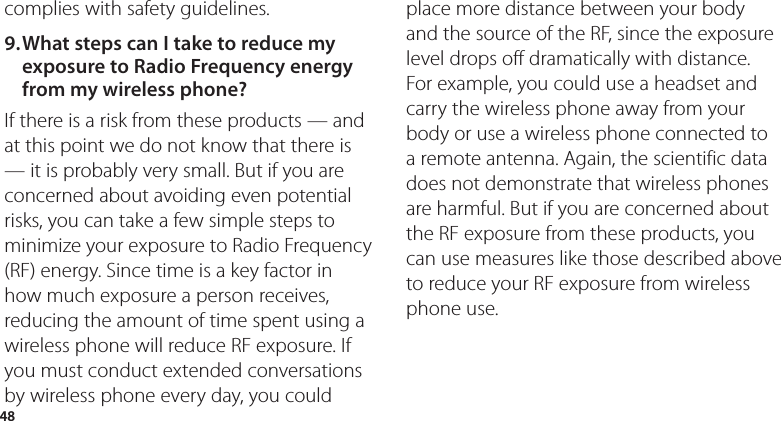
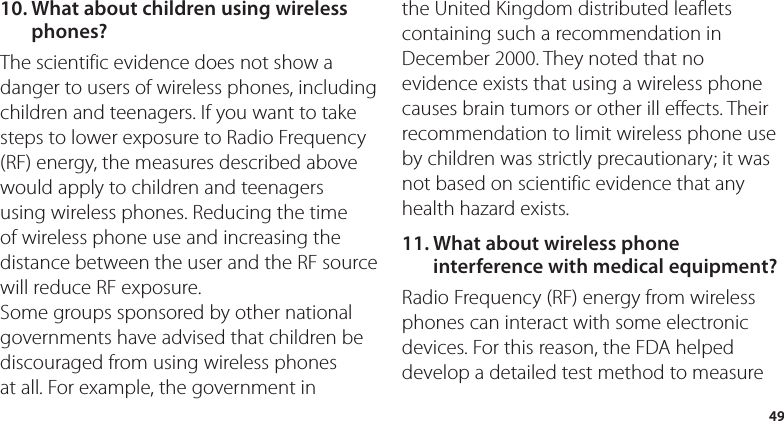
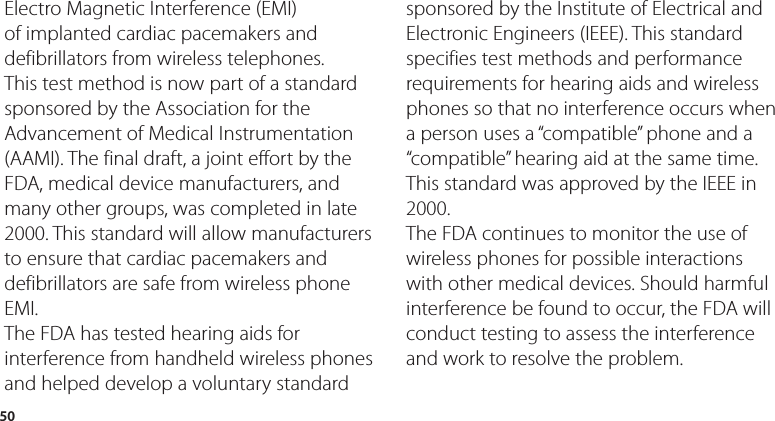
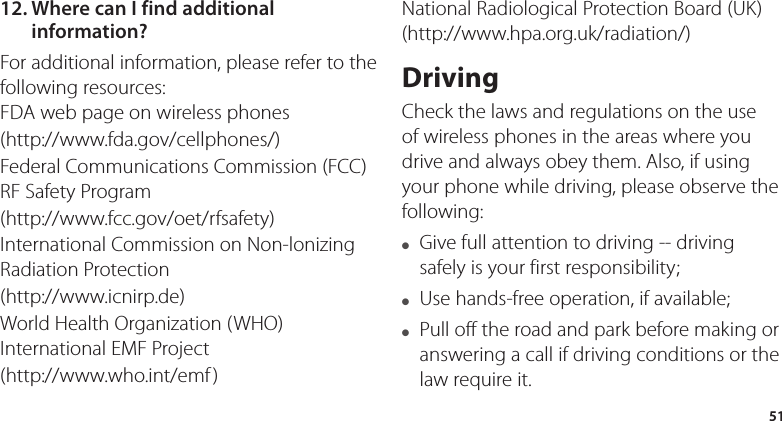
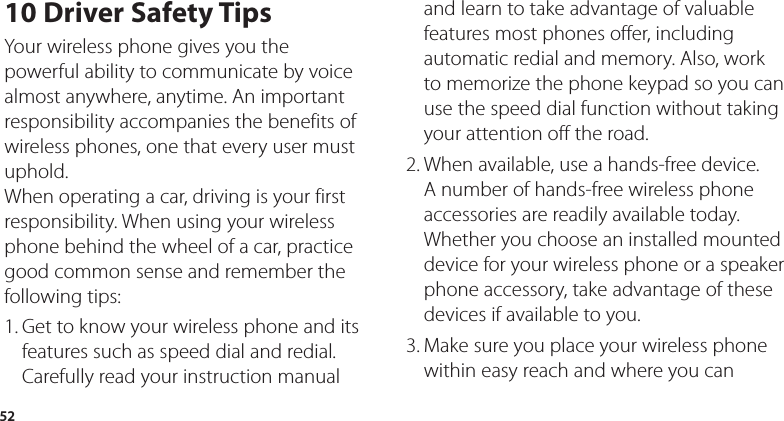
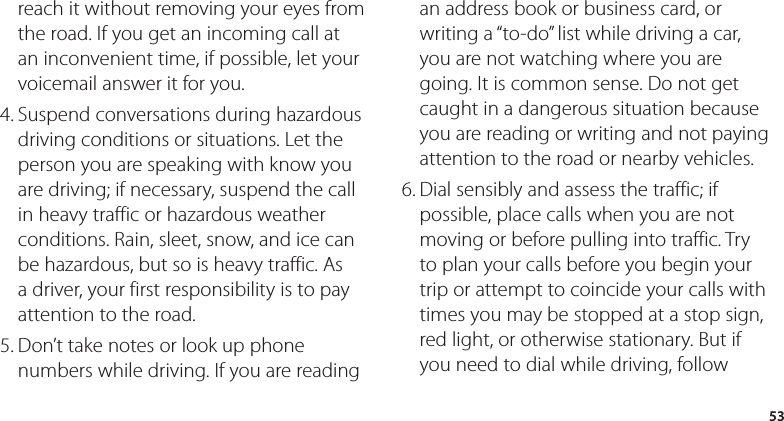
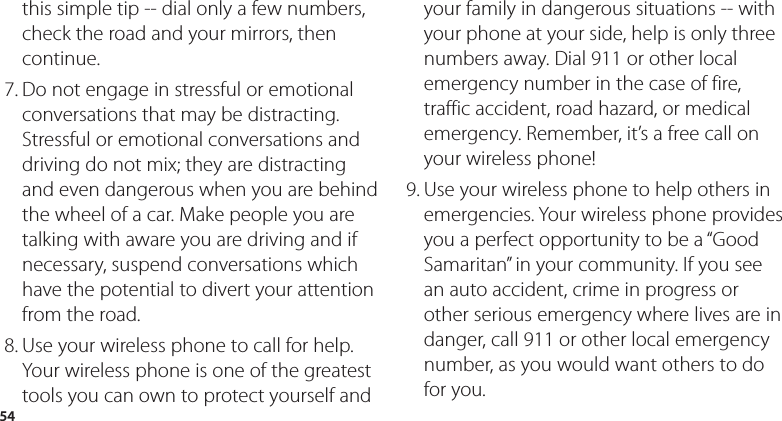
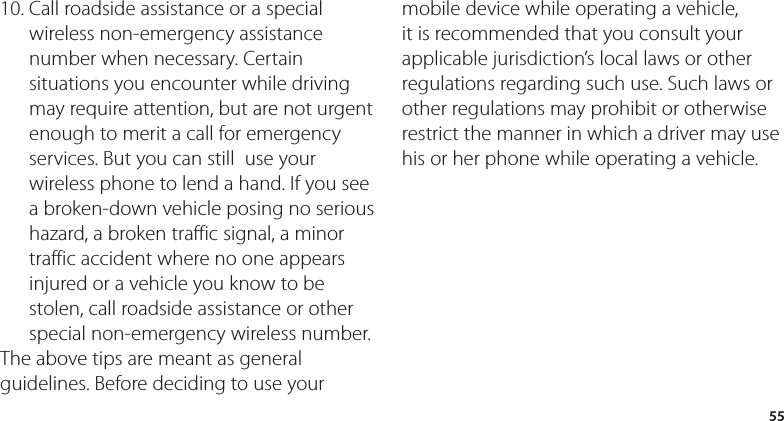
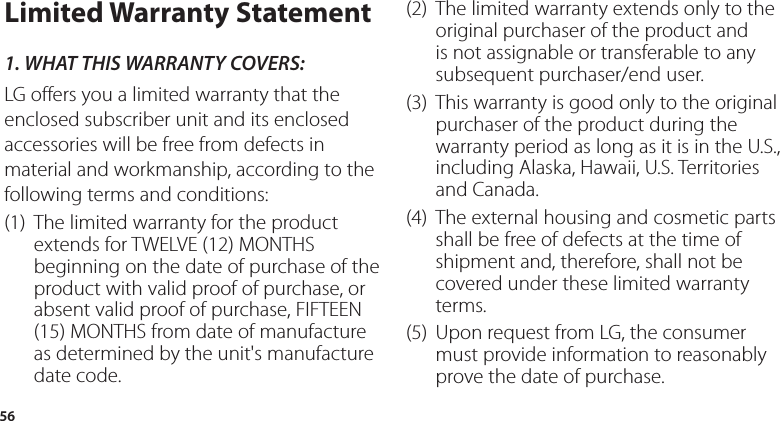
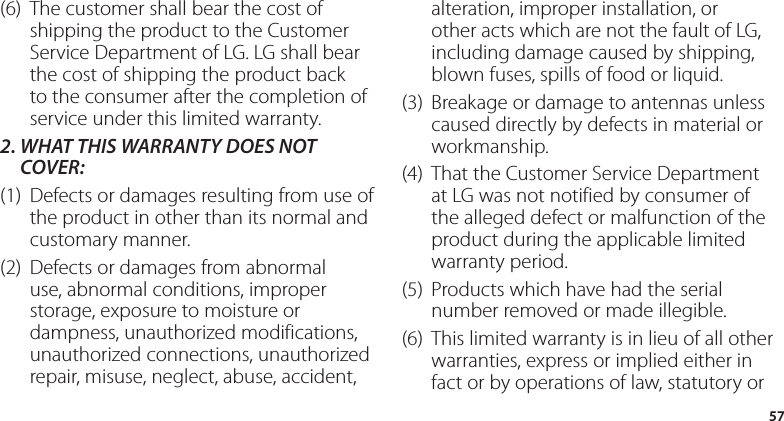
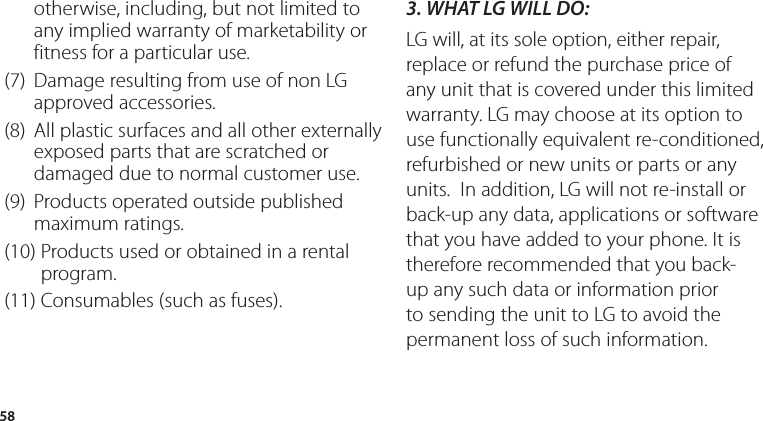
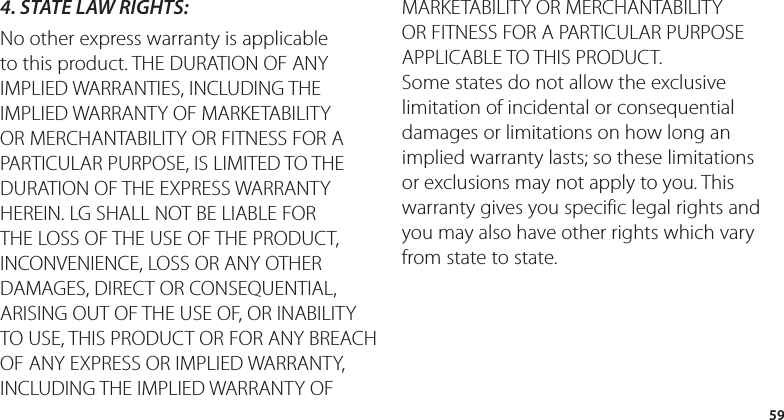
![605. HOW TO GET WARRANTY SERVICE:To obtain warranty service, please call or fax to the following telephone numbers from anywhere in the continental United States: Tel. 1-800-793-8896 or Fax. 1-800-448-4026Or visit http://us.lgservice.com. Correspondence may also be mailed to:LG Electronics Service- Mobile Handsets, P.O. Box 240007, Huntsville, AL 35824DO NOT RETURN YOUR PRODUCT TO THE ABOVE ADDRESS. Please call or write for the location of the LG authorized service center nearest you and for the procedures for obtaining warranty claims.7.11 Warranty LawsThe following laws govern warranties that arise in retail sales of consumer goods:● The California Song-Beverly Consumer Warranty Act [CC §§1790 et seq],● The California Uniform Commercial Code, Division Two [Com C §§2101 et seq], and ● The federal Magnuson-Moss Warranty Federal Trade Commission Improvement Act [15 USC §§2301 et seq; 16 CFR Parts 701– 703]. A typical Magnuson-Moss Act warranty is a written promise that the product is free of defects or a written promise to refund, repair, or replace defective goods. [See 15 USC §2301(6).]](https://usermanual.wiki/LG-Electronics-USA/D800/User-Guide-2026863-Page-62.png)
![61Remedies include damages for failing to honor a written warranty or service contract or for violating disclosure provisions. [See 15 USC §2310(d).] Except for some labeling and disclosure requirements, the federal Act does not preempt state law. [See 15 USC §2311.]The Consumer Warranty Act does not affect the rights and obligations of parties under the state Uniform Commercial Code, except the provisions of the Act prevail over provisions of the Commercial Code when they confl ict. [CC §1790.3.]For purposes of small claims actions, this course will focus on rights and duties under the state laws.](https://usermanual.wiki/LG-Electronics-USA/D800/User-Guide-2026863-Page-63.png)
